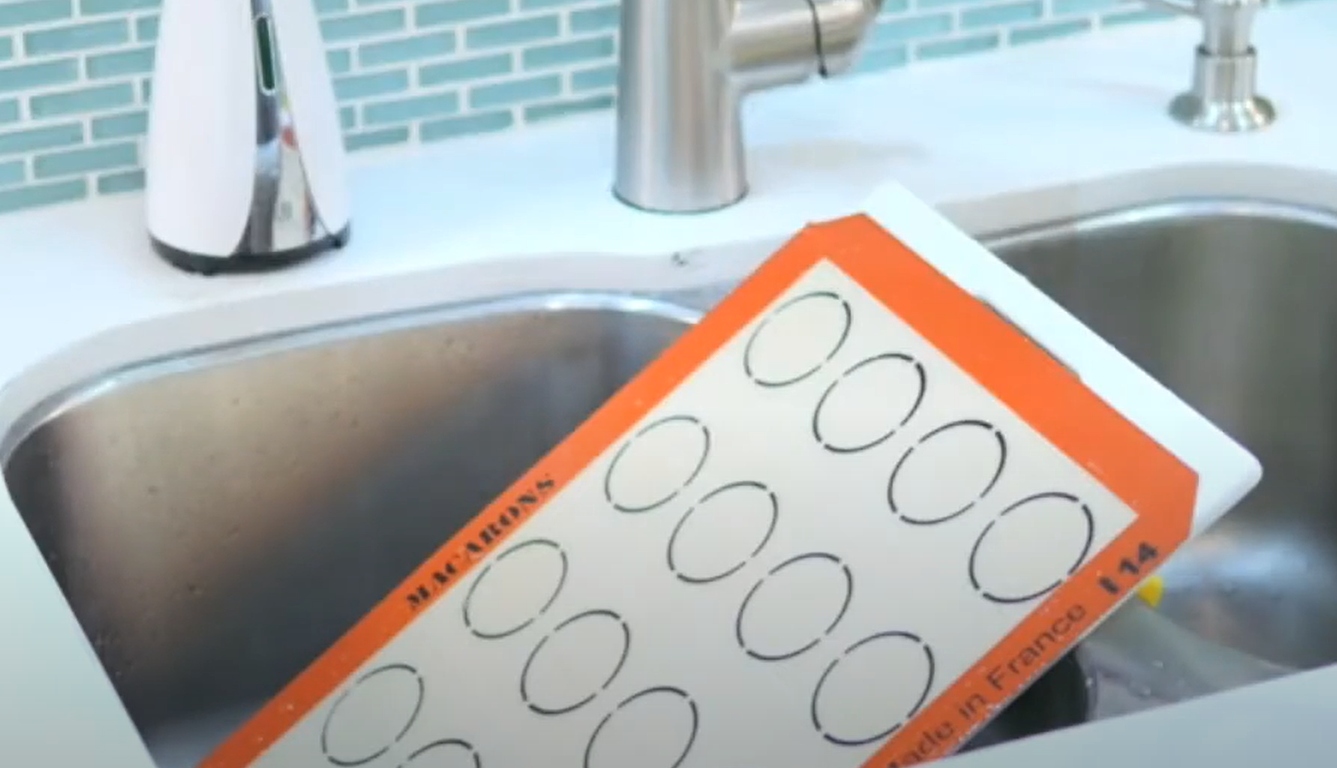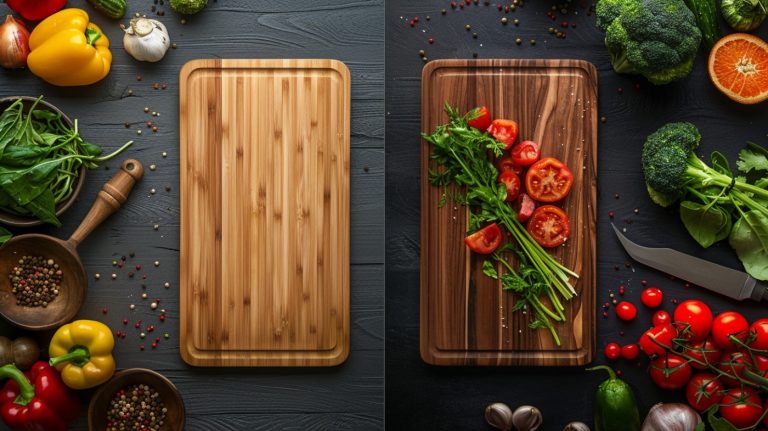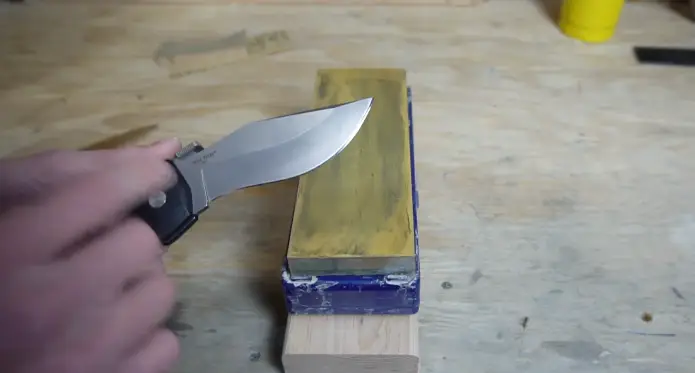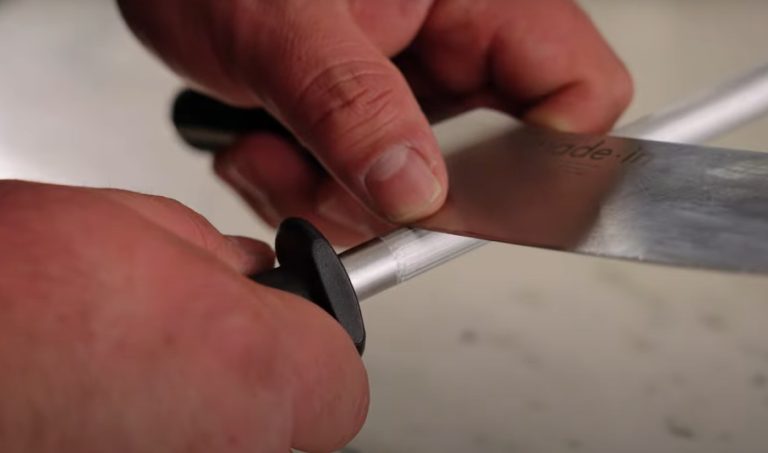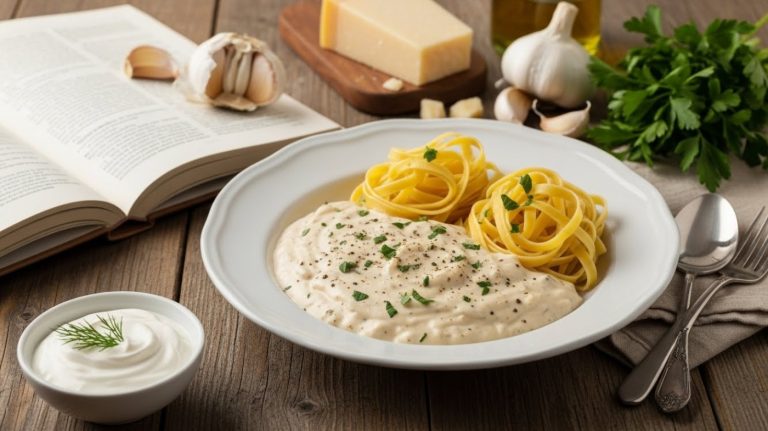How to Clean Silpat Mats: Easy Tips for Lasting Freshness
To clean your Silpat mat, start by using a soft sponge and warm, soapy water. Rinse thoroughly under running water, then shake off excess moisture.
For stubborn stains, try a baking soda paste, letting it sit for about 20 minutes before rinsing. If you’re dealing with grease or odors, soak your mat in hot water mixed with lemon juice.
Always air dry your mat completely, laying it flat or upright. Avoid folding it to prevent creasing. Keeping your Silpat clean not only maintains its performance but also extends its life, offering even more useful tips as you keep exploring.
Key Takeaways
- Clean the Silpat mat with a soft sponge using mild dish soap and hot water to remove residues and stains.
- For tough stains, apply a baking soda paste, let it sit for 20 minutes, then rinse thoroughly.
- Soak the mat in hot water mixed with lemon juice to eliminate stubborn grease and odors.
- Ensure the mat is completely air dried before storage to prevent mold and odors.
- Store mats flat or rolled with a storage band to maintain shape and avoid creasing.
Effective Cleaning Methods for Silpat Mats
Start by mixing a few drops of mild dish soap with hot water in a basin. Use a soft sponge to gently scrub the surface, ensuring you don’t damage its nonstick quality.
For those tough stains that just won’t budge, create a paste using baking soda and water. Apply this paste directly to the stained areas, let it sit for about 20 minutes, and then rinse thoroughly with hot water.
If you’re dealing with stubborn grease or odors, soaking your Silpat in hot water mixed with lemon juice can work wonders. This method helps break down grease and leaves your mat smelling fresh.
After washing, make sure to shake off any excess water and allow your Silpat to air dry flat or in an upright position.
Storage Guidelines for Silpat Mats After Cleaning
Proper storage of your Silpat mats is vital for preserving their shape and functionality. To keep your mats in peak condition, always store them flat on a flat surface.
This approach prevents creasing, ensuring that the nonstick properties remain intact for that perfect bake every time.
If you need to roll your mats for storage, it’s best to use the original box or a Silband storage band. Make certain not to place heavy items on top, as this can lead to unwanted bends.
Before you store your Silpat mats, verify they’re completely dry. This step is essential to prevent mold and odors from developing.
Additionally, avoid folding the mats, as this can create permanent creases that affect their performance.
Keeping your molds flat in their original box is also a smart move, as it’s designed for easy storage and helps avoid damage.
Common Issues and Solutions for Silpat Mats
Silpat mats can be a baker’s best friend, but they can also present a few common issues over time. One major problem is a greasy film that builds up from prolonged use. To tackle this, soak your mat in hot water mixed with baking soda or lemon juice to break down the residue effectively.
If you notice a persistent soap taste or smell, it might be due to not rinsing your mats thoroughly after washing. Using vinegar or baking soda during cleaning can help eliminate these odors.
Stains can be quite stubborn, but you can combat them by applying a paste of baking soda and water to the stained area, letting it sit for 20 minutes before rinsing.
If your mats feel tacky, it might indicate they haven’t dried completely. Always verify they’re air-dried thoroughly to maintain their nonstick properties and prevent residue buildup.
Frequently Asked Questions
How to Clean a Dirty Silpat?
Cleaning a dirty surface is like wiping away the dust of a long-forgotten story.
To tackle that Silpat, soak it in hot, soapy water for 10-15 minutes to loosen stubborn residues.
For tricky stains, mix baking soda with water, apply, let it sit, then gently scrub.
Alternatively, try a lemon juice soak for grease and odors.
Rinse well, air dry it flat, and remember, avoid harsh chemicals to keep its magic intact!
How to Clean Grease off Silicone Bakeware?
To clean grease off silicone bakeware, start by soaking it in hot, soapy water for about 15 minutes. This helps dissolve the grease.
For stubborn spots, mix baking soda with water to form a paste, apply it, and let it sit for 20 minutes before scrubbing with a soft sponge.
You can also use hot water mixed with lemon juice for a natural solution.
Rinse thoroughly, shake off excess water, and allow it to air dry.
Why Is My Silpat Mat Sticky?
Your Silpat mat feels sticky, much like a forgotten treasure trapped under layers of grime.
This tackiness often arises from the buildup of oils and residues after cooking. If you don’t clean it promptly or use the right methods, those stubborn remnants cling on.
High heat can also wear down the silicone, leaving it feeling tacky.
Plus, moisture from improper drying can create an unwelcome surface that disrupts its nonstick magic.
How Do You Clean Silicone Rubber Mats?
To clean silicone rubber mats, start by using a damp sponge with mild dish soap and hot water right after use. This prevents residue from building up.
For tougher stains, mix baking soda and water into a paste, apply it, let it sit for 20 minutes, then rinse.
Avoid abrasive pads or harsh chemicals; gentle sponges work best.
Maximize Your Silpat’s Lifespan with Proper Care and Maintenance
With proper care, your Silpat can last for up to 2,000 uses, making it a kitchen staple that saves you both time and money. Imagine whipping up batches of cookies or pastries without the hassle of sticking or scrubbing—it’s a game changer.
By following the cleaning methods and maintenance tips outlined, you’ll keep your Silpat in prime condition, ensuring it continues to deliver delicious results. Enjoy the ease and convenience of baking with your trusty Silpat for years to come.

